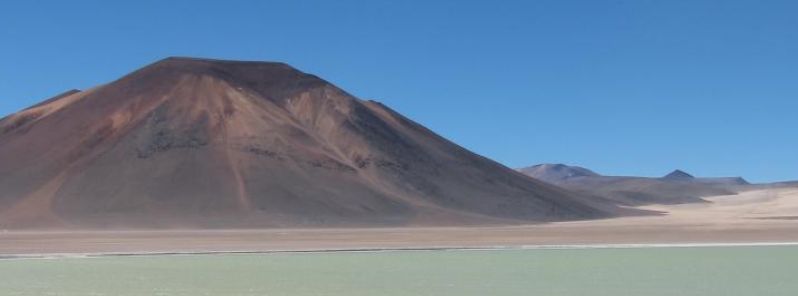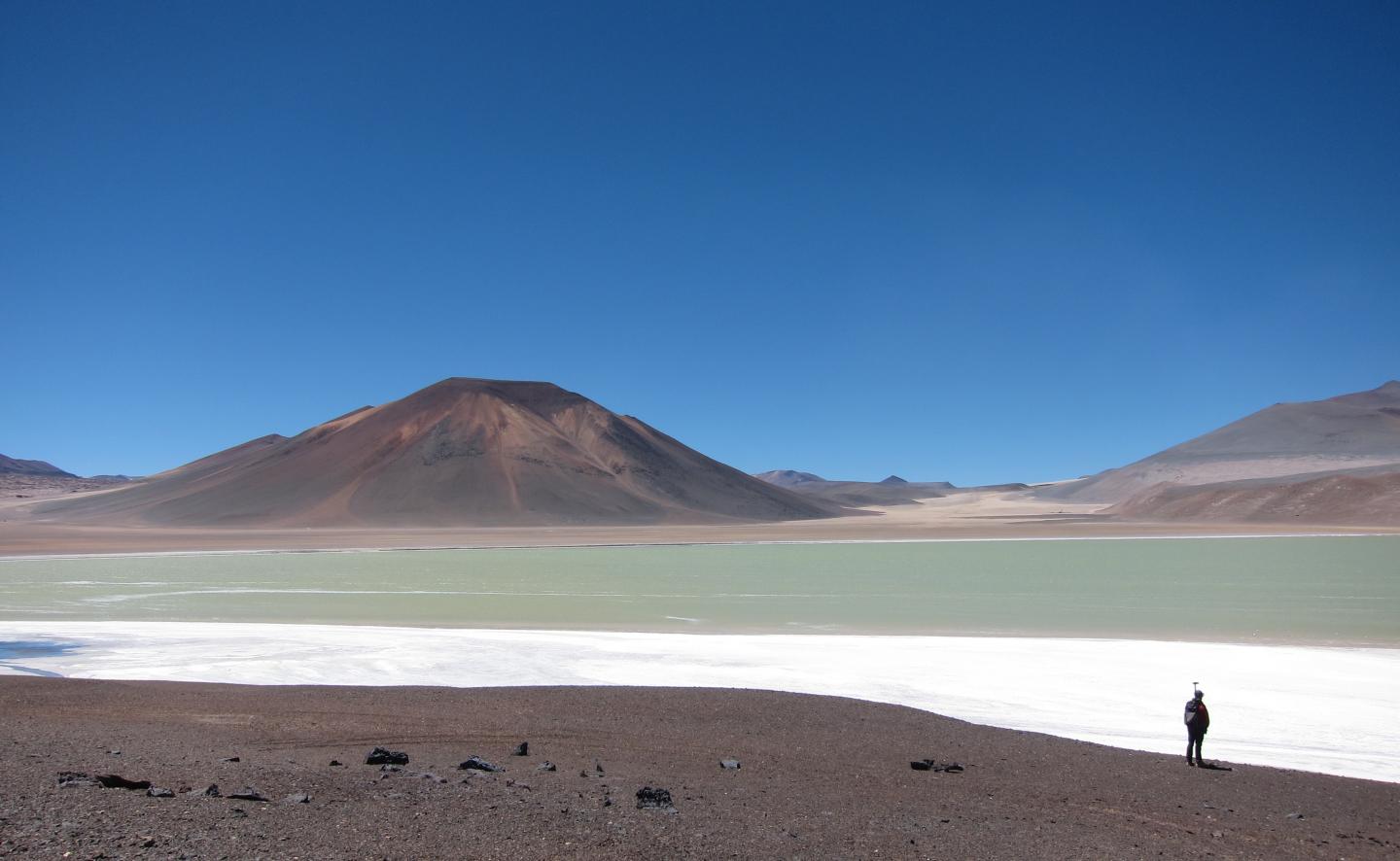Huge magma body uplifting the Altiplano-Puna plateau, central Andes

In a new study of the central Andes topography, the scientists used remote sensing data and topographic modeling to discover a huge dome in the Altiplano-Puna plateau, Earth's second highest continental plateau. The research showed that the uplifting of the plateau was partially driven by a magma body, the large area of melted rock in the planet's crust. The study provides a good opportunity to explore the intrusion of magma from below, a fundamental process in the building of continents. This process can now be seen in real time.
The large dome is about 1 km (3 300 feet) in height and hundreds of kilometers wide, situated above the largest active magma body on our planet. The dome uplifting resulted from the crust thickening, due to the injection of the magma below. The uplifting accounts for approximately one-fifth of the heights of central Andes.
"The dome is the Earth's response to having this huge low-density magma chamber pumped into the crust," said Noah Finnegan, associate professor of Earth and planetary sciences at UC Santa Cruz.
"It's a large part of the evolution of the Andes that hadn't been quantified before," added Jonathan Perkins, from the USGS in Menlo Park, California, who led the study while he was a graduate student at the UC Santa Cruz.
The Andes are also under the influence of the tectonic uplifting forces, coming from the South American continental plate and the Nazca oceanic plate. The subduction zone between the two, beneath the western edge of South America, is the magmatic source that enters the crust and feeds the volcanic activity of the region. The water, released from the subducting part of the oceanic crust, impacts the melting temperature of the overlying mantle rock, which in turn melts and rises into the overriding plate.

The Altiplano-Puna plateau in the central Andes features vast plains punctuated by spectacular volcanoes, such as the Lazufre volcanic complex in Chile on the picture. Image credit: Noah Finnegan
The scientists have used seismic imaging to study the size and extent of the Altiplano-Puna magma body, and have discovered an area of melted material, much bigger than previously thought, approximately 11 km (6.8 miles) thick and 200 km (124.3 miles) wide.
"People had known about the magma body, but it had not been quantified that well. In the new study, we were able to show a tight spatial coupling between that magma body and this big, kilometer-high dome," said Perkins.
The researchers have then calculated the amount of melted material in the discovered magma body, using topographic analysis and modeling. The estimate was close to calculations previously based on seismic imaging.
"This provides a direct and independent verification of the size and extent of the magma body. It shows that you can use topography to learn about deep crustal processes that are hard to quantify, such as the rate of melt production and how much magma was pumped into the crust from below," said Finnegan.
The Altiplano-Puna Volcanic Complex was one of the most volcanically active places on Earth starting about 10 million years ago. During that time, several super volcanoes had produced massive eruptions and created a large complex of collapsed calderas. Such a major eruption hadn't occurred over the last several thousand years despite the area being still active.
Satellite surveys of surface deformation in the area, conducted since the 1990s indicate that the uplifting of the surface is continuously occurring at several places at a relatively rapid rate. For example, the uplift is about 1 cm (0.4 inches) per year at Uturuncu volcano, in the center of the dome.
"We think the ongoing uplift is from the magma body. The jury is still out on exactly what's causing it, but we don't think it's related to a supervolcano," Perkins said.
The growth of the crust beneath the Altiplano-Puna plateau, driven by the intrusion of magma from below, is a fundamental process in the building of continents.
"This is giving us a glimpse into the factory where continents get made. These big magmatic systems form during periods called magmatic flare-ups when lots of melt gets injected into Earth's crust. It's analogous to the process that created the Sierra Nevada 90 million years ago, but we're seeing it now in real time," Perkins said.
Reference:
- "Surface uplift in the Central Andes driven by growth of the Altiplano Puna Magma Body" – Jonathan P. Perkins, Kevin M. Ward, Shanaka L. de Silva, George Zandt, Susan L. Beck & Noah J. Finnegan – Nature Communications (2016) – doi:10.1038/ncomms13185
Featured image: The Altiplano-Puna plateau in the central Andes features vast plains punctuated by spectacular volcanoes, such as the Lazufre volcanic complex in Chile on the picture. Image credit: Noah Finnegan

Commenting rules and guidelines
We value the thoughts and opinions of our readers and welcome healthy discussions on our website. In order to maintain a respectful and positive community, we ask that all commenters follow these rules.